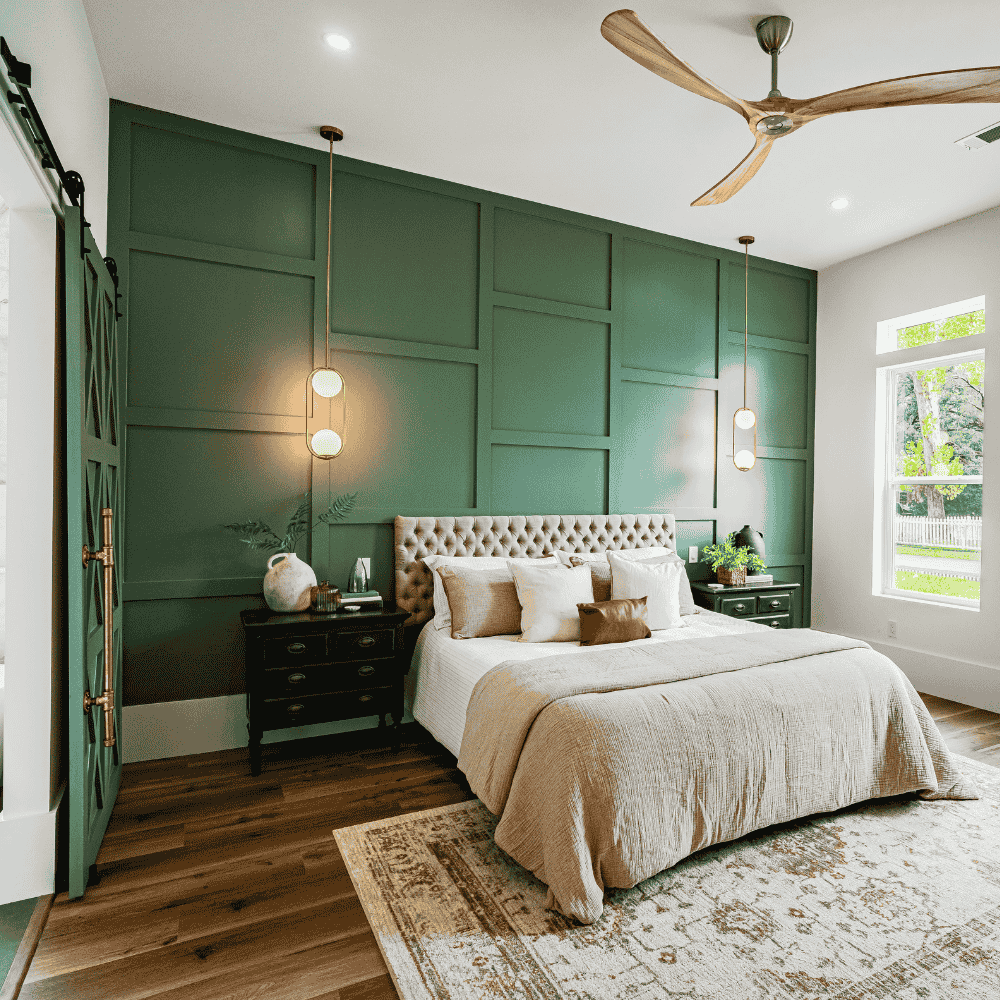Highlight a Style: The Versatility of Track and Accent Lighting
Whether enhancing residential interiors or elevating commercial spaces, track and accent lighting deliver precision and adaptability.
Track and accent lighting have become staples in modern lighting design, offering unmatched versatility and style. These lighting solutions transform spaces by blending functionality with artistic flair, creating practical and visually stunning environments. Whether enhancing residential interiors or elevating commercial spaces, track and accent lighting deliver precision and adaptability. The expertise of an electrician is essential in designing and installing these systems for maximum impact.
The Dynamic Nature of Track Lighting
Track lighting features a linear or curved track system that houses multiple light fixtures. These fixtures can be adjusted to focus on specific areas or objects. This design allows for a customizable lighting arrangement, making track lighting an excellent choice for flexible spaces.
The ability to direct individual light fixtures makes track lighting ideal for highlighting artwork, illuminating task areas or creating ambient lighting. Track lighting systems come in various shapes and sizes, enabling them to integrate seamlessly into any room design. Adding or rearranging fixtures further enhances their adaptability, verifying the system evolves with changing needs.
Energy efficiency is another key advantage of track lighting. When paired with LED bulbs, track systems consume less energy, generate less heat, and reduce maintenance costs. LEDs are durable and long-lasting, providing consistent and reliable performance. Consulting an electrician can simplify the selection and installation of track lighting systems tailored to a specific space.
Creating Depth with Accent Lighting
Accent lighting draws attention to key features within a space, such as artwork, architectural details, or decorative elements. Accent lighting creates depth and dimension by focusing light on specific points of interest, elevating the overall design.
Effective accent lighting relies on contrast. Highlighting a focal point with brighter illumination against a darker background adds visual drama and sophistication. Recessed lights, wall-mounted fixtures, or track-mounted directional lights are common choices for accent lighting.
In addition to its decorative role, accent lighting contributes to a room's ambiance. Layering accent lighting with general and task lighting creates a balanced and inviting environment. The placement, intensity, and color temperature of accent lights must be carefully considered to achieve the desired effect. An electrician's expertise guarantees the lighting design enhances functionality and aesthetics.
Applications in Residential and Commercial Spaces
Track and accent lighting are versatile tools that can enhance various environments. Track lighting provides flexible solutions for living rooms, kitchens, and bedrooms in residential settings. In living rooms, it can highlight bookshelves, seating areas, or gallery walls. Kitchens benefit from targeted illumination on countertops, islands, and sinks, while accent lighting under cabinets adds a polished and modern touch.
Accent lighting that highlights headboards, artwork, or decorative shelving in bedrooms adds warmth and character. Track lighting offers adjustable illumination for tasks such as reading or relaxing, adding practicality and style.
Track and accent lighting serve various purposes in commercial spaces. Retail stores use these systems to showcase products, creating an engaging shopping experience. Offices incorporate track lighting to provide functional yet stylish illumination for workspaces. Restaurants and hospitality venues use accent lighting to set the mood, highlighting design elements and creating inviting atmospheres.
Design Considerations
Achieving a successful track and accent lighting design involves thoughtful planning and attention to detail. Placement and spacing are critical in avoiding glare, shadows, or uneven lighting. The size and layout of the space, along with its intended use, guide the arrangement of fixtures.
Choosing the proper fixtures and bulbs is equally important. LED bulbs are popular because of their energy efficiency, durability, and range of color temperatures. Dimmable options allow greater control over lighting intensity, adapting to different moods and activities.
Color temperature influences the overall feel of a space. Warm tones create a cozy ambiance, while cooler tones are better suited for task-oriented areas. An electrician can provide valuable advice on selecting a suitable color, temperature, and brightness for each application.
The Role of an Electrician
Professional installation is fundamental to realizing the full potential of track and accent lighting. An electrician evaluates the space, wiring, and structural considerations to design a system that meets the environment's specific needs. Proper installation minimizes flickering, uneven lighting, or electrical faults.
An electrician verifies that fixtures are securely mounted and comply with safety standards. Integrating energy-efficient components, such as LED bulbs or smart controls, enhances the system's functionality and reduces energy consumption. Routine maintenance, including cleaning fixtures and replacing bulbs, preserves the lighting system's performance and appearance.
Track and accent lighting offers a unique combination of versatility and style, making them an essential part of modern lighting design. These systems enhance both form and function by highlighting key features, creating focal points, and providing adaptable illumination. An electrician's expertise is critical in designing, installing, and maintaining track and accent lighting systems that match the highest standards of performance and aesthetics. With careful planning and professional execution, track and accent lighting transform ordinary spaces into extraordinary ones.

